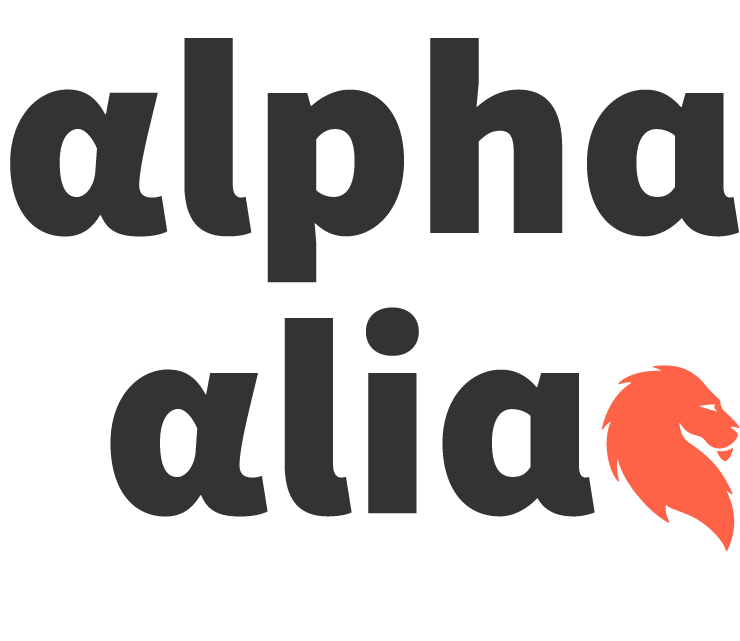Tagline

The future of web is here.
I’m so inspired by the simple concept of a headless CMS that I feel the need to share my thoughts on it with you. The impact headless CMSs can have on digital business is significant and feel more people need to learn about the process and start using it. I hope this post inspires you to consider going headless.
Background
Nine years ago I was part of a team at Sony Music that created an award-winning digital ecosystem for the debut of The X-Factor in the United States. The concept was to target younger audiences by digitalizing experiences that went far-beyond anything the world had seen before in broadcast television.
Our concept was nothing short of a multiscreen masterpiece, delivering a plethora of exclusive content during live broadcasts and every day between live shows. The digital ecosystem also allowed fans to interact across multiple screens at the same time.
This quick video we produced at the time pretty much says it all.
What did it take?
The infrastructure behind the scenes of The X-Factor Digital Ecosystem was pretty intense. The starting point was Drupal and with months of custom development we were able to extend the reach of its database to power desktop, mobile and tablet applications for nearly every kind of device on the market.
With an army of developers we connected various applications to the database to integrate points systems, user accounts, voting and a whole lot more. It was a significant technical infrastructure to build at the time, and it would be extremely inefficient and wasteful with all the modern tools we have today.
A new way: The headless CMS.
It’s nearly 2020. While we all thought we would be travelling around in tubes and flying cars by now, the fantasy world of the digital space has indeed seemed to keep pace with many of our expectations. We are able to explore places we never dreamed of being able to see with virtual reality and we have digital money independent of government oversight with cryptocurrency. It’s an amazing time to be alive!
In an era of lightning-fast evolution in the digital space, it’s only natural that our experience should shift to match how we interact with it. Enter the headless CMS.
The definition of a headless CMS is really simple even if you only have a basic understanding of the web. Web applications (like websites) are typically built leveraging a content management system that has front-end and back-end.
The front-end is everything you see and interact with, and the back-end is where all the deeper functional elements of the application happen. The back-end is the body, and the front-end is the head. And, as you might have guessed, a headless CMS is a content management system without a front-end.
Should You Consider A Headless CMS Solution?
Why Go ‘Headless’?
- More focus on the optimization of managing content.
- Free up resource to work more directly on marketing.
- Much faster page load times benefiting SEO & user experience.
- Greater security for protecting all your data.
Benefits of ‘going headless’.
Focus and optimization.
Content management systems are flawed in many ways. The fundamental purpose of the world’s most popular CMSs is to provide an all-in-one product that services every need. And like most systems that try to answer every need at the same time, they become mediocre at servicing them all.
By selecting the technical infrastructure in pieces you are able to customize and optimize your web application to better suit the needs of your business. How we handle content and how we present it are two different things, and each can be optimized.
Simplifying the complex.
Going back to The X-Factor USA example, we needed to create a significant amount of custom technical infrastructure for both front-end and back-end to integrate the entire ecosystem. Each screen required its own application, and each application needed to communicate with the core infrastructure.
If we were building the same thing today the advice I would most-likely give is to build the back-end with a headless CMS. We could then manage the content for every screen in once place and feed it out via APIs to the various screens that were required. We could then focus on optimizing the interactions and experience for each screen without having to build repetitive backend functions for different applications.
Marketing efficiency.
A more practical application of a headless CMS is to think in terms of marketing strategy. The way the internet evolves, companies should update their user experience at least once every two years. For companies with business critical websites the UX should be under constant scrutiny and continuously optimized.
If your website is built using a headless CMS you don’t need to change your entire infrastructure when it comes time to make updates, even if your changes are significant. You can simply design a new front-end static web application, or you can feed your content into a new system altogether without changing the backend your team is already used to. No new training, and significantly less effort in terms of time and money.
You can also create multiple digital destinations from a single headless CMS allowing you to control the content of each in a single place. Imagine controlling the content of your company’s website and all its subsidiaries all in one place. The infrastructure costs are reduced significantly and your team’s efficiency in updating content skyrockets.
Speed.
As mentioned in the guest article, “Static Web Applications; How GatsbyJS And Netlify Can Bring Value To Your Business” by Guillermo Escalona, speed is a major factor in generating business value on the web. Static web applications are some of the fastest websites on the internet, and headless CMSs can power them with content.
Let’s use WordPress as an example. It’s fast out of the box, but as soon as you start adding customizations, plugins, and a decent front-end, the website starts loading slower. On a finished, optimized WordPress site a page can take 2-3 seconds to load. If it’s not optimized it can take 5-6 seconds (or longer).
If we set up WordPress as a headless CMS, we can optimize the content-management experience for your team, and build a lightning-fast front-end application to serve to your users. If the page is lightweight it can load in less than one second, but more likely it’ll load in about 1-1.5 seconds.
If you aren’t familiar with the implications of speed on search engine rankings and overall SEO I would highly recommend spending some time to learn about it. Considering the search engine implications and understanding the impact on user experience, the difference between a website that loads in 1 second versus 3 seconds can be significant.
Security.
Perhaps the most compelling case for taking the headless CMS approach is security. By separating the back-end and front-end systems, we create a barrier between where data is stored and what people are able to interact with.
Imagine if your CMS is sitting on a server that can only be accessed by computers in a certain room of a specific building at your company’s place of business. Add in 2-factor authentication, basicauth, a firewall, and other typical precautions and you’re virtually unhackable.
If you create that level of security with a normal CMS, it’s going to be nearly impossible to create a user experience anyone wants to deal with. But if you do it with a headless CMS, you can create a secure API that communicates with a static web application in front, making the destination one of the most secure you’ll find on the internet.
Being honest, most websites don’t need that level of security. But even with the most basic setup of a headless CMS, Alpha Alias hosts front-end and back-end in two different environments – locking down the server where the headless CMS is located.
Applying headless to multiscreen experiences.
The technical infrastructure of ‘going headless’ has created a whole new world of possibilities for multiscreen interaction.
We are no longer beholden to the idea that each device needs its own application to optimize the experience and be fully-immersive. Static web applications are getting increasingly better at making interactions on mobile and tablet devices feel more like native applications.
The result of this evolving technology is that it is now possible to efficiently create seamless cross-device experiences in terms of cost, effort and skill set. We can now focus budget on more creative aspects of the experience like visual design, interaction or custom integrations that directly benefit the business goals of the ecosystem.
We can take a step back from the idea of traditional ‘screens’ and include touch screens in malls and in vehicles, screens that manage digital homes, or even screens in airplanes. Imagine the place you manage the content for your blog could also manage video screens in Times Square.
Inspired?
Feel free to reach out to me directly to discuss headless CMSs, multiscreen projects or to talk about innovative ways modern technology can enhance your business.



